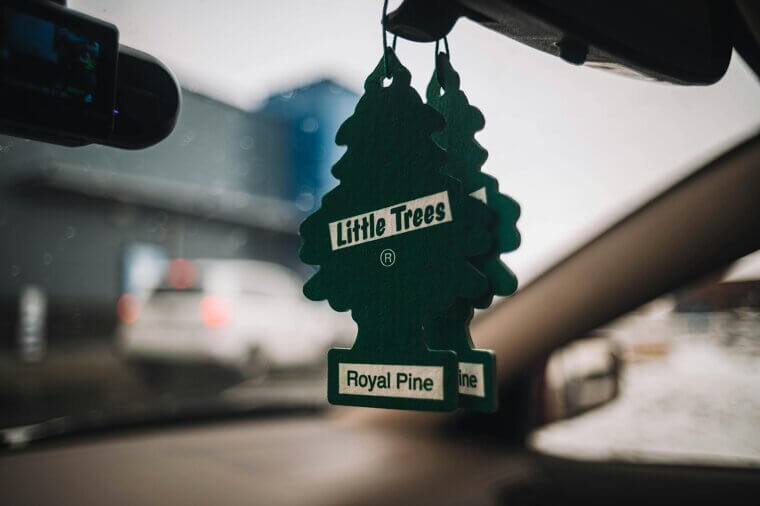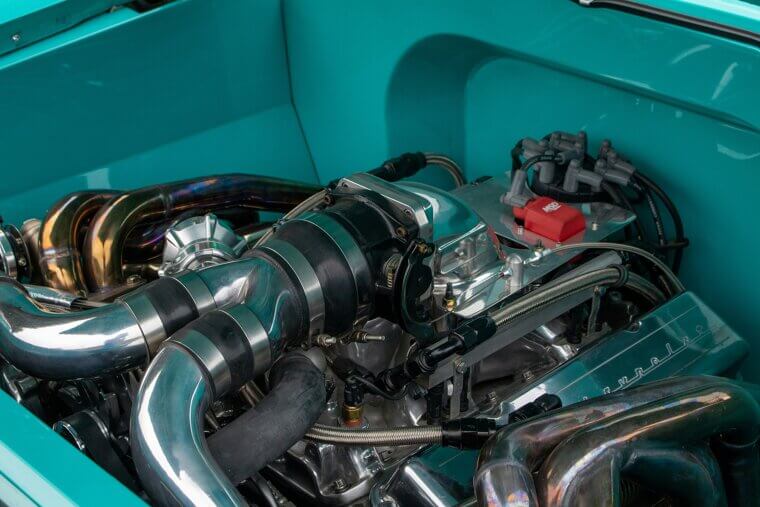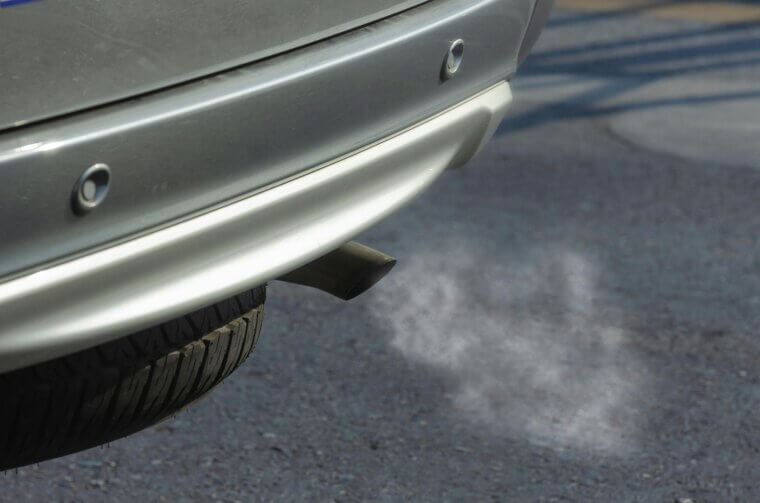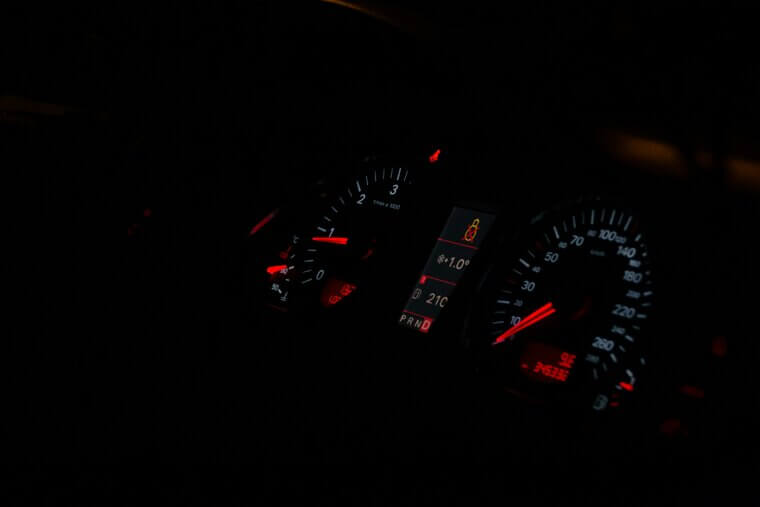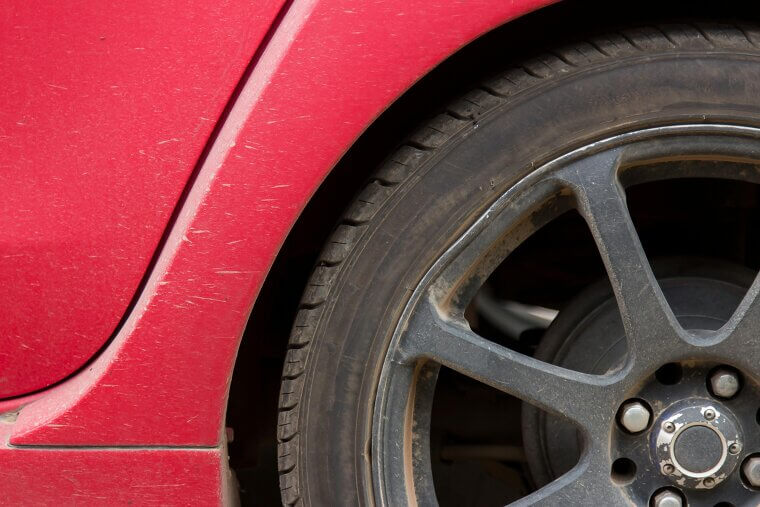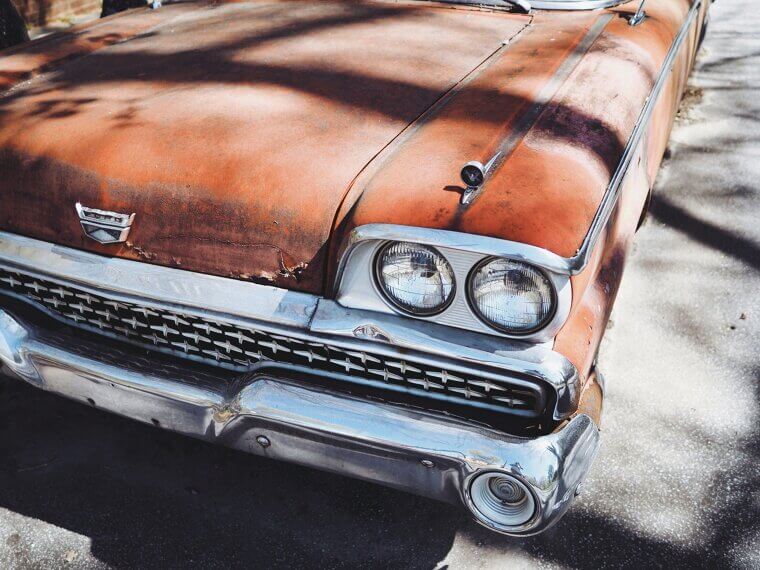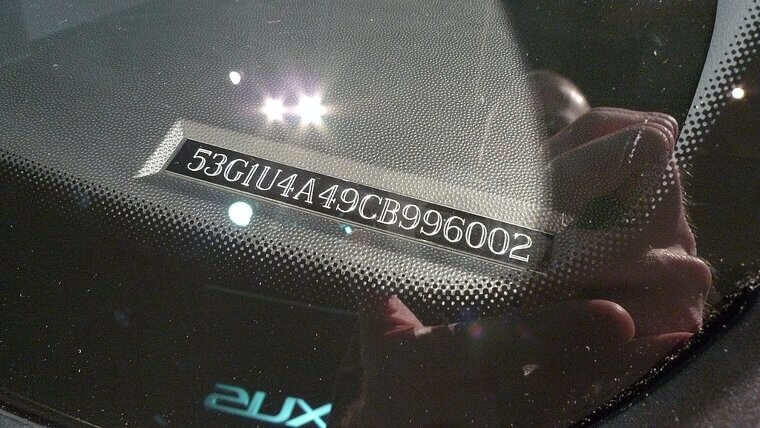Don’t Buy a Used Car Without Checking for These Issues
Not every used car seller is out to scam you, but some are crossing their fingers that you won’t look too closely at their wares! Between quick fixes and cover-ups, there are subtle signs that a vehicle’s not as road-ready as it looks, and some unscrupulous sellers hope you’ll overlook these red flags entirely.
A Price That’s Too Good to Be True
If a car’s price is dramatically lower than others of its kind, there’s usually a reason - and it’s probably not generosity. The vehicle might have hidden damage, a shady title, or mechanical issues that’ll depress your wallet later. Always compare prices, and don’t be seduced by a deal that screams “run.”
Incomplete or Missing Service Records
A car without a paper trail raises questions. Sellers might say the owner did their own maintenance, but with no receipts, how can you be sure? Routine oil changes, brake replacements, and major repairs should all leave a trace. No records might mean no maintenance; or worse, a deliberate attempt to hide issues.
Mismatched Paint or Panel Gaps
If one door gleams while the rest looks dull, or the gaps between panels are uneven, it might have been in an accident. These visual clues suggest bodywork (possibly from a serious crash). Sellers may downplay this as “just cosmetic,” but always ask why the panels look like patchwork. A car’s paint tells stories.
Strong or Artificial Smells
Does the cabin smell like an air freshener factory? The seller might be masking something less pleasant, such as mold, smoke, or mildew. A musty scent could point to flood damage, while a chemical smell might mean a rushed interior clean. Trust your nose; if it seems like something’s being covered up, it probably is.
Recently Cleaned Engine Bay
A sparkling-clean engine seems like a bonus… until you realize it’s been scrubbed to hide leaks or grime. Most engines should have some dust or dirt. It’s normal. If it looks freshly detailed though, ask yourself what they’re trying to make disappear. A showroom shine could be a cover-up.
Unusual Noises During the Test Drive
Knocks, squeaks, rattles, oh my! Any weird noise during a test drive is a red flag waving frantically from under the hood. Don’t let a seller fob you off with “it just needs an oil change.” Strange sounds often mean deeper mechanical issues. If it sings anything other than the sound of silence, walk away.
Warning Lights on the Dashboard
Are the check engine, ABS, or airbag warning lights on? Don’t ignore them, and don’t accept wishy-washy excuses. These lights are telling you the car’s got problems. Use a code reader to check the issue or have a mechanic verify what the seller isn’t saying.
Uneven Tire Wear
Tires don’t lie. If the tread is worn down unevenly (more on one side than the other) it could signal alignment problems, suspension issues, or even frame damage. It’s not just about replacing tires - uneven wear means something’s off-kilter, and that’s a problem that could cost you far more than rubber.
Rust in Key Areas
Surface rust on an old car isn’t always a deal-breaker, but if you spot corrosion on the undercarriage, around the wheel wells, or inside the trunk, that’s trouble. Rust weakens structure and spreads like gossip. Run a magnet over suspicious areas; filler can hide rust, but it can’t fool physics.
Strange Gaps in Vehicle History Report
If the car has long stretches with no reported activity, brace yourself. A clean report doesn’t always mean a clean history - it might just mean missing data. Look for signs of registration in different states or big mileage jumps.
Signs of Flood Damage
Musty smells, foggy headlights, mildew under seats, or silt in weird places like the glove box… flood-damaged cars often look okay on the surface; however, water leaves clues. Electronics might short, and mold festers. A clean-looking interior doesn’t mean it’s high and dry.
Seller Refuses a Pre-Purchase Inspection
If the seller won’t let you take the car to a mechanic before buying, consider that a giant waving red flag. A legitimate seller has nothing to hide. A shady one doesn’t want you lifting the hood and delving too deep. A pre-purchase inspection saves you from driving off with a clunker.
Mismatched VINs
Check the VIN on the dashboard, door sticker, and registration. If they don’t match, the car may have been rebuilt from salvaged parts or involved in fraud. One wrong digit is enough to make things murky. Matching VINs equals matching stories. If they don’t align, walk away with your wallet intact.
Excessively New Parts
A 10-year-old car with a brand-new hood, fresh doors, or shiny headlamps seems upgraded, but it could mean the car was in a serious accident. Sellers may fix visible damage without addressing structural issues. Ask why the parts are new - sometimes the car’s “fresh look” is hiding a rough past.
High-Pressure Sales Tactics
“If you don’t take it today, someone else will.” That kind of pressure is a warning sign in itself. A legit seller gives you space and answers questions. If they push hard, dodge details, or seem desperate, it’s because they want you to rush. Don’t. Take your time, or take off.





